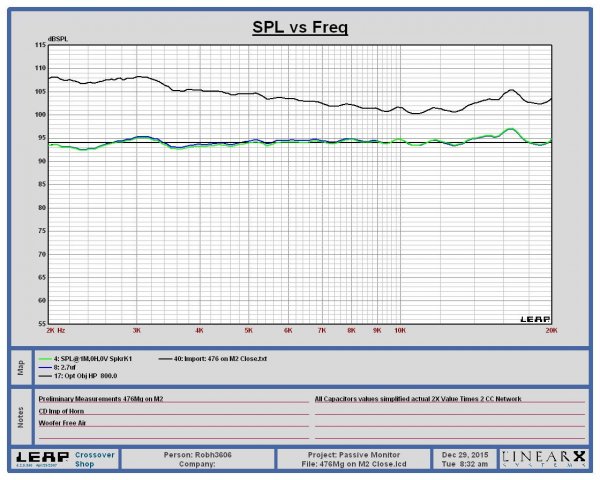If the majority of the break-in effects happen so early, they would not likely to have any influence on the listener. To be a significant issue, as some maintain it to be, it must occur over a significant interval of time and in the hands of the purchaser, not just during factory testing.The majority of break-in is accomplished in the first hours, so if the speakers had been used at all before the measurements were taken, which is probable, then the test is pretty much useless. Also, drivers may be tested at the factory before leaving and the test period may vary between manufacturers if it's done at all. Easily measurable T/S parameters change quite a bit in the first hours of driver use, enough to certainly result in a change of overall speaker performance that would be pretty obvious and easily measurable.
Heating can be an issue.That's not to say acclimation isn't a factor, I'm sure it plays a part but burn-in is also a real phenomenon. I'm pretty surprised this is even a debate to be honest, it seems like it's common knowledge that drivers change quite a bit from brand new over a period of time. I've even seen driver specifications that say T/S parameters taken after 2 hours of use.

















